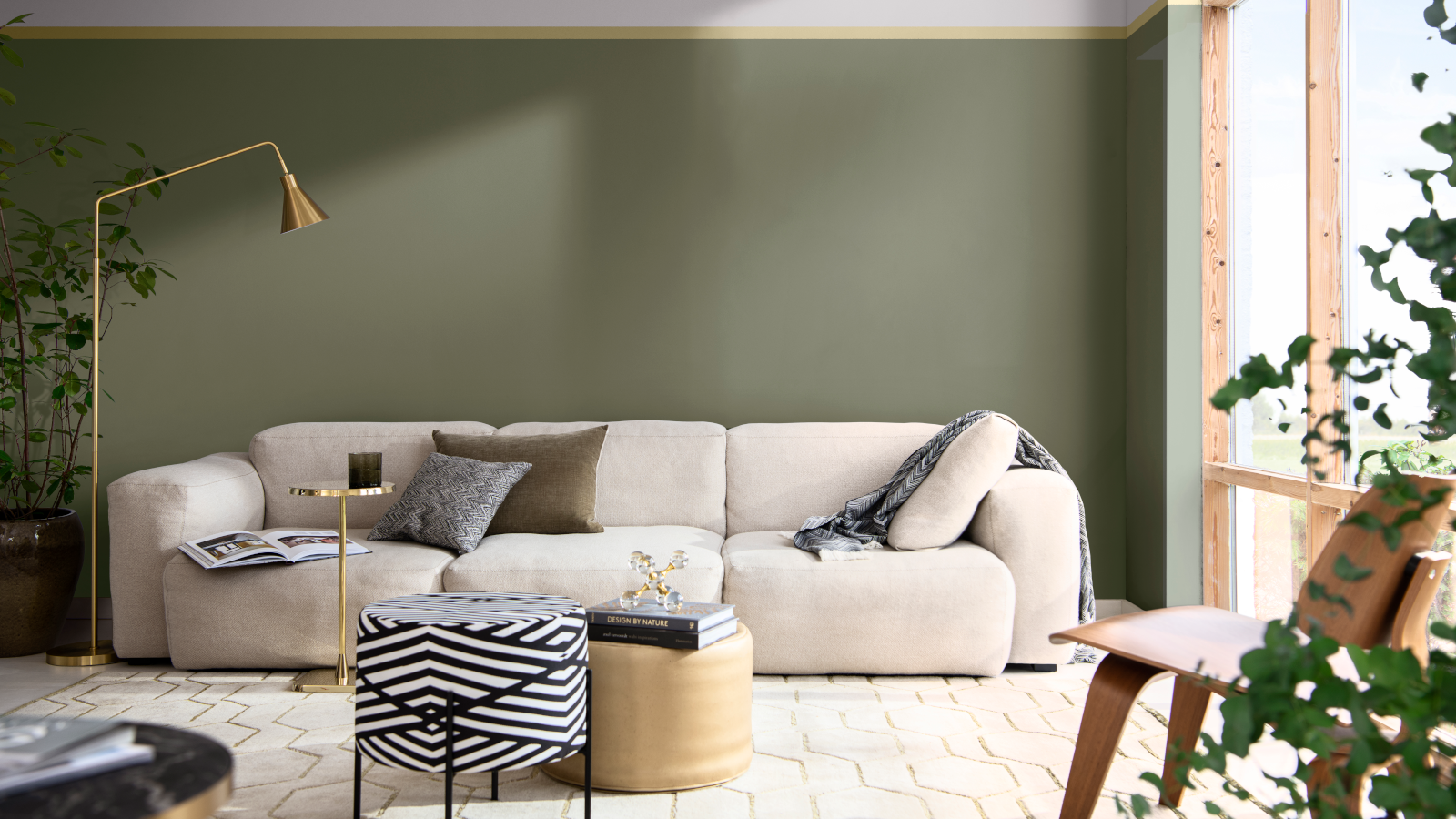
"Don't limit your green living room to just the walls - painting the doors and woodwork is a great way to carry the color through and blend everything together seamlessly. This approach works particularly well with darker shades, where a contrasting white door might appear too harsh against the walls. It also has the added benefit of making the room feel larger."
"When painting a wooden door, never skip the undercoat, as this will ensure better adhesion and a smoother finish, advises Robin Antill, founder of 1st Choice Leisure Buildings. For panelled doors, always start with the edges, then the panels, followed by the verticals, and finally the horizontal strips. Robin recommends choosing a semi-gloss or water-based satin paint, thanks to their fast-drying formula and ability to resist fingerprints, scuffs, and smudges. They also have less of an odour compared to other paints."
"Since green and blue are next to each other on the colour wheel, they'll work well together in your living room. However, to help them blend effortlessly, you'll want to stick to the same tone, advises Faye Simons, Head of Interior Design and Trade at Olivia's. "If you like sage, keep it cool and mix it with a dusky blue," she says. "If den"
Green suits moods from calming zen to luxurious entertaining. Green pairs with neutrals, natural wood textures, and bold accents, so existing furniture can stay. Carrying green onto doors and woodwork extends the colour, blends elements, and can make rooms feel larger, especially with darker shades. When painting wooden doors, use an undercoat for adhesion and a smoother finish; for panelled doors, paint edges first, then panels, then verticals, then horizontals. Use semi-gloss or water-based satin paint for fast drying, fingerprint and scuff resistance, and reduced odour. Mix green and blue because they sit next to each other on the colour wheel; keep the same tone—for example, pair cool sage with a dusky blue.
Read at Homebuilding
Unable to calculate read time
Collection
[
|
...
]